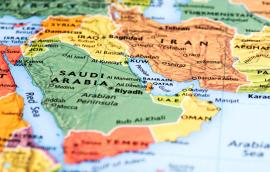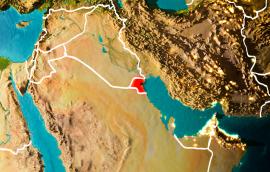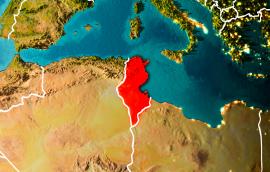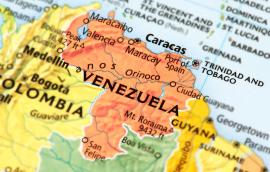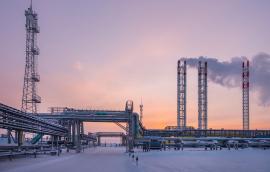Aiding and Abetting: The GCC as Quiet Giants and Emerging Players in Aid and Overseas Development Assistance
By Peter Salisbury, Chatham House; Arab Gulf States Institute
This brief provides an overview of the evolution of aid and development resources by the GCC states over the past several decades and discusses the political context for their emergence as donor nations.
Peter Salisbury discusses the GCC in aid and development in both a short issue brief and longer research paper on pluralism and inclusion in the Middle East after the Arab Spring. The project is generously supported by a grant from the Carnegie Corporation of New York.
Peter Salisbury August 28, 2018
